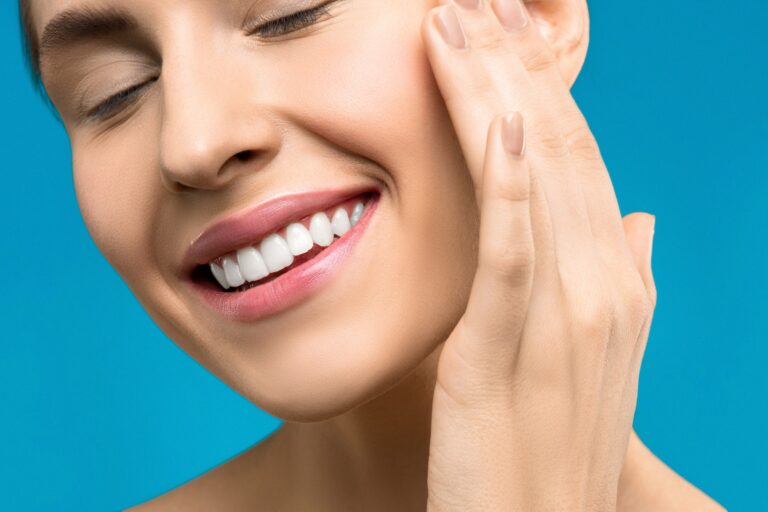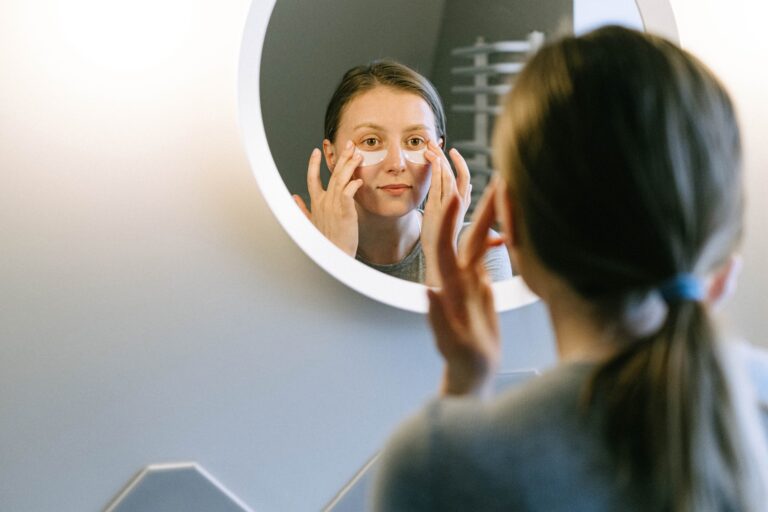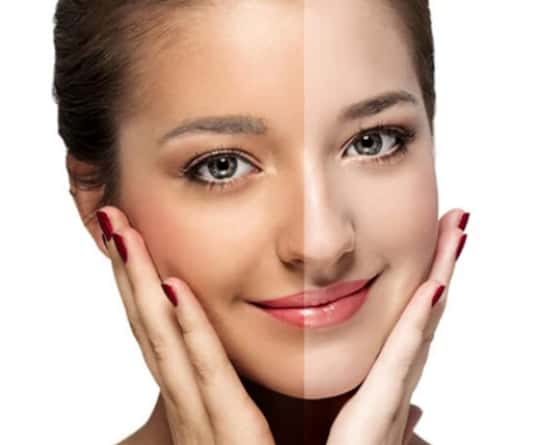Anti Ageing Treatment

Ageing is inevitable. Everyone desires healthy skin but with time one starts noticing fine lines and dwindling glow.
Our skin is the first to show signs of ageing. As we age our skin tends to look dull, dry and appears to sag.
Fine lines and wrinkles are other signs that appear making us look older. Skin ageing is caused by both intrinsic and extrinsic factors.
Types of Anti Ageing Treatment
1. Face Glow Treatment

Face Glow Treatment is an intensive semi-permanent skin treatment. The facial involves micro-needling a pigmented vitamin serum into your skin.
Each treatment will increase the density of the pigment in your skin, therefore creating more coverage.
The result is a brightening and balancing skin tone, and overall a radiant complexion.
2. Dark Circle Treatment

People often think dark circles are due to tiredness and a lack of sleep.
Although this can be one cause, there are other reasons for dark under-eye circles, such as allergies or the natural ageing process.
For a more effective and permanent solution, some medical treatments are available to reduce the appearance of dark circles. Some of the more common methods include:
• Chemical peels to reduce pigmentation.
• Laser surgery to resurface the skin and enhance skin tightening.
• Medical tattoos to inject pigment into thinning skin areas.
• Tissue fillers to conceal blood vessels and melanin that are causing skin discolouration beneath your eyes.
• Fat removal to remove excess fat and skin, revealing a smoother and more even surface.
• Surgical implants of fat or synthetic products.
3. Skin De-Tanning Treatment

• What is Tanning?
Tanning is the process of an increase in the skin pigment called melanin due to sun exposure.
While tanning can also be a result of artificial skin tanning services, through the use of a tanning lamp found in tanning beds, the major cause of tanning is excessive exposure to sunlight.
It causes the darkening of the skin on exposed areas majorly on the face, arms, hands, legs, feet, back, and neck.
• Sun Tan Removal Treatments
• Laser Toning: Laser tan removal treatment by a dermatologist is one of the best ways to remove tan. This treatment uses a laser device to break down the pigment and reduce tan, sun spots, etc.
• Chemical Peels: Chemical Peels are used to get rid of suntanned skin and help in the quick exfoliation and regeneration of skin cells by removing tanned skin layers.
Peels with different concentration strengths help to treat dark and tanned skin by removing the superficial dead skin layers that have excessive melanin.
• Microdermabrasion: This is also an exfoliating treatment, which is effective in removing tan and dead skin cells.
4. Acne Scar Treatment

Acne scars are stubborn, and no single treatment is best for everyone. One or a combination of the following approaches might improve the appearance of your skin, depending on your scar type, your skin type and the severity of the scarring.
Best Treatment for Acne Scars includes:
- Soft Tissue Fillers: Injecting collagen, fat or other substances under the skin can plump the skin over indented scars. The goal is to make the scars less noticeable. Results are temporary, so repeat treatments are needed to retain the effect. This method has little risk of changes in skin colour.
- Steroid Injection: Injecting steroids into some types of raised scars can improve the appearance of your skin.
- Laser Resurfacing: This approach is increasingly popular and is often used on scars that were once treated with dermabrasion. This technique has an increased risk of side effects for people with darker skin or a history of keloids.
- Other Energy-Based Procedures: Pulsed light sources and radiofrequency devices help make scars less noticeable without damaging the outer layer of skin. Results are subtle, and you might need to repeat treatments.
- Dermabrasion: This procedure is usually reserved for more severe scarring. Your doctor removes the top layer of skin with a rapidly rotating brush or another device. Surface scars may be completely removed, and deeper acne scars may appear less noticeable. Potential severe side effects include scarring and changes in skin colour.
- Chemical Peel: Your doctor applies a chemical solution to the scar tissue to remove the top layer of skin and minimize the appearance of deeper scars. You can repeat mild and medium peels to maintain results. You can have only one deep peel. Potential side effects include changes in skin colour, especially with deep peels used on dark skin.
- Skin Needling: Your doctor rolls a needle-studded device over the skin to stimulate collagen formation in the underlying tissue. It’s a safe, simple and possibly effective technique for acne scarring. It has a minimal risk of discolouring the skin. Results are subtle, and you may need repeat treatments.
- Surgery: Using a minor procedure called punch excision, your doctor cuts out individual acne scars and repairs the wound with stitches or a skin graft. With a technique called subcision, your doctor inserts needles under the skin to loosen fibres below a scar.
- Botox: Sometimes the skin around acne scars puckers. Injecting Botox relaxes the surrounding skin, which may improve the appearance of an acne scar. Results are temporary, so repeat treatments are needed to retain the effect.
